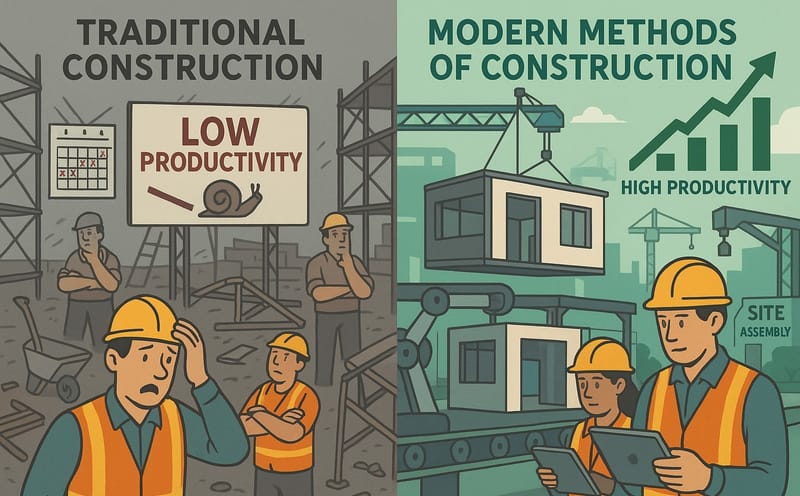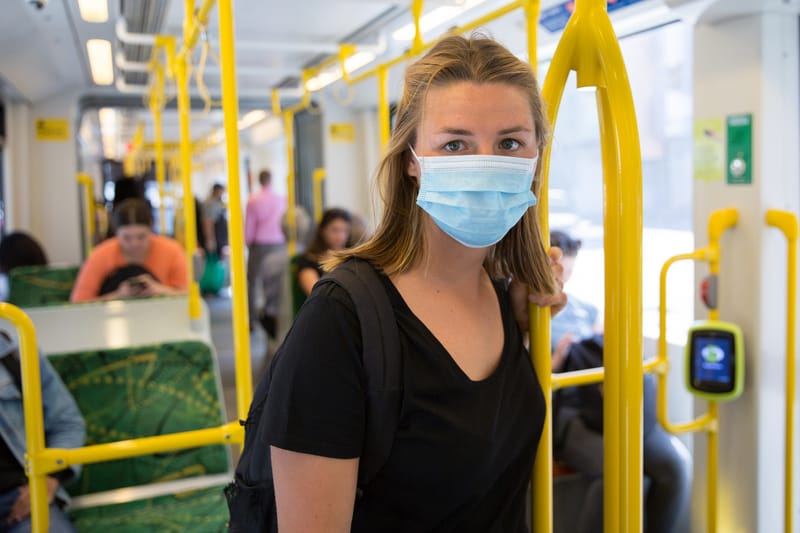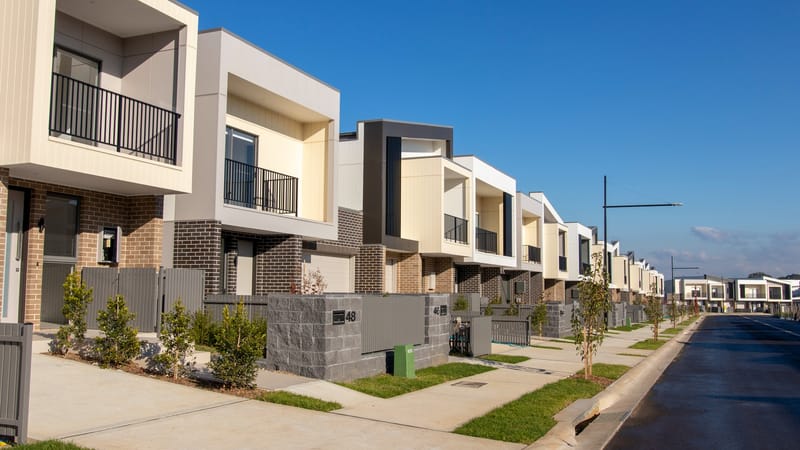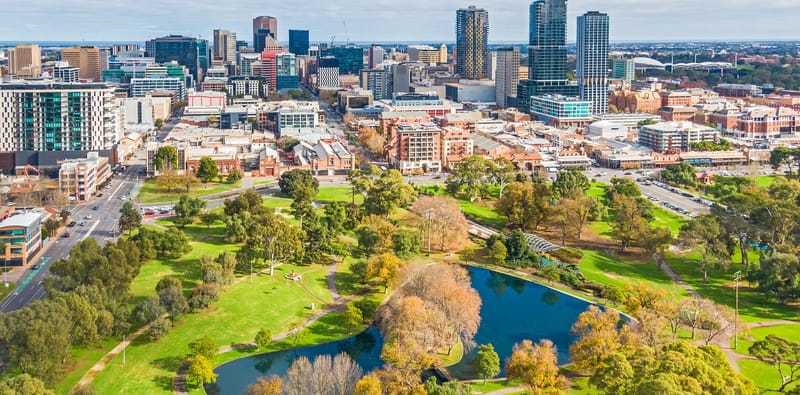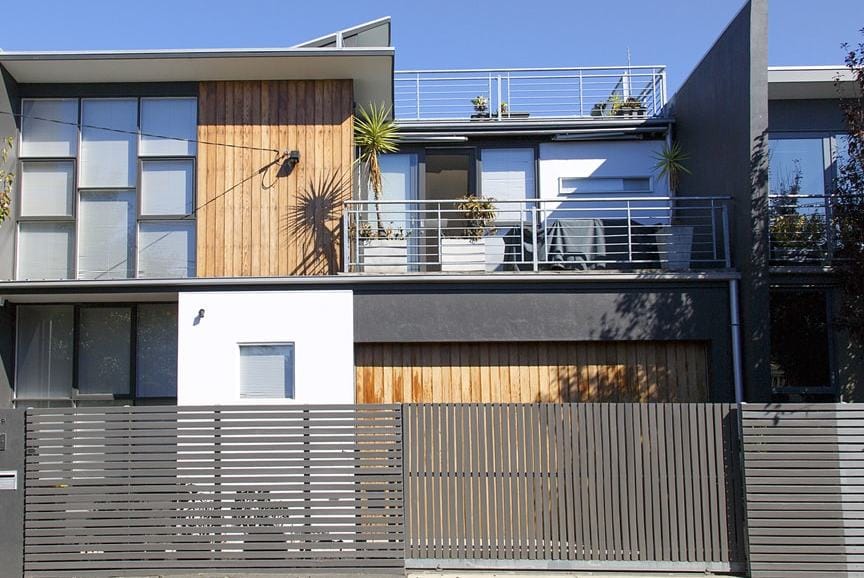
An urban forest will keep Melbourne cool as the planet becomes warmer and more crowded. By 2030, up to seven million people are expected to live in the city, which is on track to becoming Australia’s biggest, and the forest will future-proof its liveability.
Big, shady trees, green roofs and vertical plantings on walls will soften the hard edges of urban life – cleaning the air, refreshing the streets and calming the spirit. People are more inclined to walk and jog among trees, which act as natural air conditioners. They help counter the “heat island” effect of cities, by lowering temperatures, reducing energy costs, while also sequestering carbon and other greenhouse gases from the atmosphere.
The forest will be a wildlife habitat, with native birds and animals finding shelter in green corridors threading their way along the city’s creeks, parks, walking trails and private gardens.
To encourage biodiversity, the City of Melbourne’s plan is for the forest to include no more than 5 per cent of any tree species. The target is for the tree canopy to increase by between 22 and 40 per cent by 2040.
The urban forest and future water management plans will grow together. Sea levels are forecast to rise by up to 15 centimetres by 2030, with higher tides gradually encroaching on the lower-lying suburbs around the bay, where swamps were drained to make way for houses.

Floods and storm surges are expected to become more frequent in the future. Trees will help capture the rainfall. They slow water absorption and so keep the soil around them moist for longer. At the same time, their roots act as a water filter, cleaning the storm water that washes into creeks, rivers and the sea.
This is the vision – and the reason the urban forest strategy has already been adopted by 30 local councils. If all goes well, Melbourne’s forest could serve as an example for the world.
By 2050, two-thirds of the global population will be living in urban areas. Melbourne belongs to 100 Resilient Cities, a Rockefeller Foundation project that aims to help cities adapt to the environmental and social challenges ahead. The urban forest is one way the city hopes to foster resilience.
Growth brings green snag
But the greening of Melbourne also faces obstacles.
Melbourne is already the fastest-growing city in Australia. Keeping the population within the limits of Greater Melbourne will preserve the green belt that circles the city from the coast at Werribee to the Mornington Peninsula, and also saves infrastructure costs.
To this end, city planners have encouraged "infill" housing in existing suburbs. This has seen apartments, townhouses and dual-occupancy projects slowly replacing suburban houses and big gardens in established suburbs.
In parallel, on the urban fringes, houses are getting bigger, extending almost to the fence line with smaller gardens – often paved courtyards – and no trees. One study compared plot ratios in newer and older suburbs. In recent developments, 65 per cent of the block was covered in buildings or hard surfaces; in established neighbourhoods it was 30 per cent.
“The theory of biophilia says that humans need contact with nature. Humans evolved from a natural environment."
Dr Meredith Dobbie, a landscape architect and adjunct senior research fellow at Monash, says that according to the City of Melbourne, tree canopy already covers about 22 per cent of the city’s public streets and parks, but only 3 per cent of the private realm. These percentages are expected to fall over the next 20 years as 39 per cent of existing trees succumb to old age, drought and water restrictions, she says.
“Back in the ’50s, the social ideal was to have freestanding houses on roomy blocks with trees, and the kids would play in the back garden,” she says. “And now, the social values are such that large gardens aren’t important. People spend much more of their time inside. I find it really puzzling. To have no trees is a huge shame. It looks really bad, and people, whether they realise it or not, do suffer as a consequence of it.”
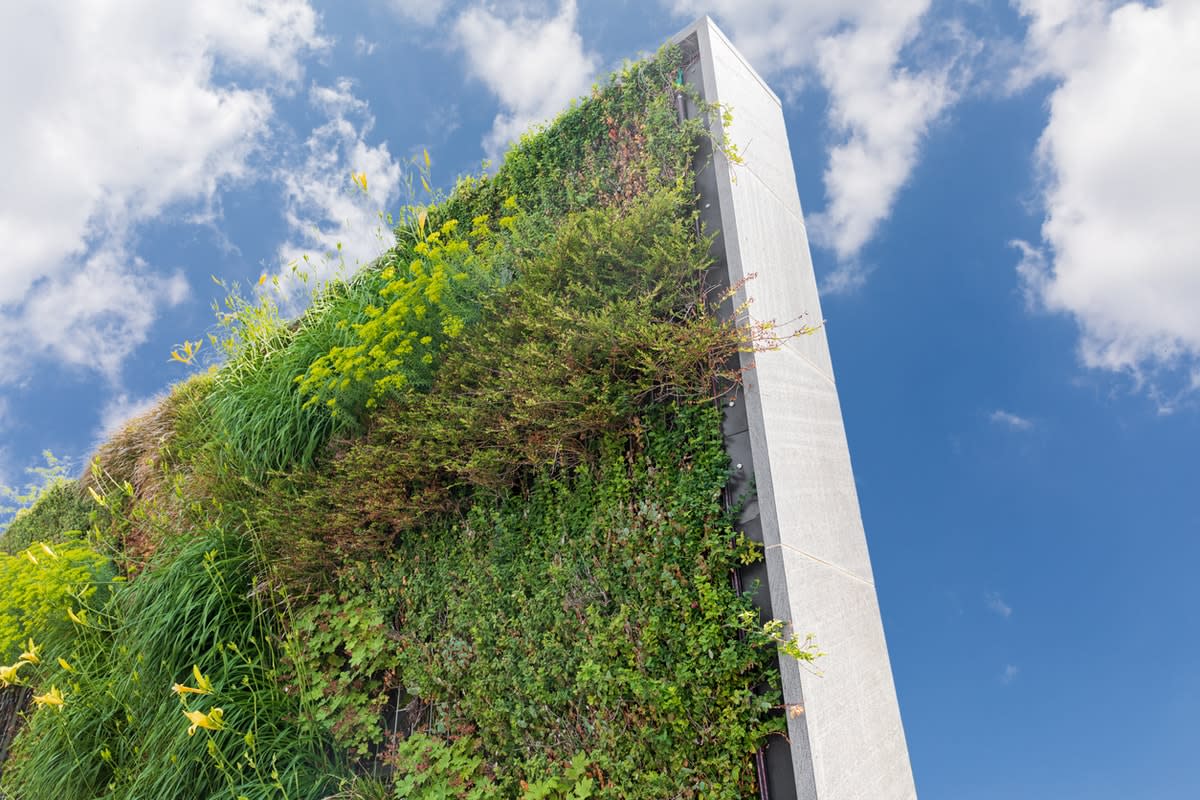
In the long run, planting and protecting trees makes economic sense, she says. Large, shady trees add value to a property (up to 15 per cent). Crime is lower, and property prices are higher in leafy suburbs.
“The theory of biophilia says that humans need contact with nature,” Dr Dobbie says. “Humans evolved from a natural environment. And in cities, nature is often just a tree, or a little patch of weedy grass. But even that's important for its restorative value.” Studies have shown, for instance, that hospital patients with a view of a tree will recover more quickly.
What can be done?
Dr Dobbie likes the idea of “tree champions”, those who educate people about the value of trees. She also encourages people to plant gardens.
“Restricted water doesn’t preclude having a garden. It's a matter of plant selection, and using what water you have judiciously. With our gardening, we take a Darwinian approach, so it’s survival of the fittest. We use predominantly native plants, we'll water them for the first summer, and then they're largely on their own. And if they don’t survive, then they probably didn’t deserve to, and we replace them with something we've observed in our garden that has survived.”
If you don’t know what to plant, she suggests going to a local nursery – not a large chain – and asking what plants are suited to the area. Melbourne is made up of seven bioregions, with different plants suited to each habitat.
“If anything is going to survive with minimal attention, the indigenous plants are going to. Because they're the ones that have evolved for that location,” she says.
“And maybe be modest in your expectations. You can have a tree or two, and some shrubs along the fence line, and an area of lawn. A canopy tree can give you all sorts of benefits. Shade. Privacy. And beauty – beauty is terribly important, isn’t it?”


